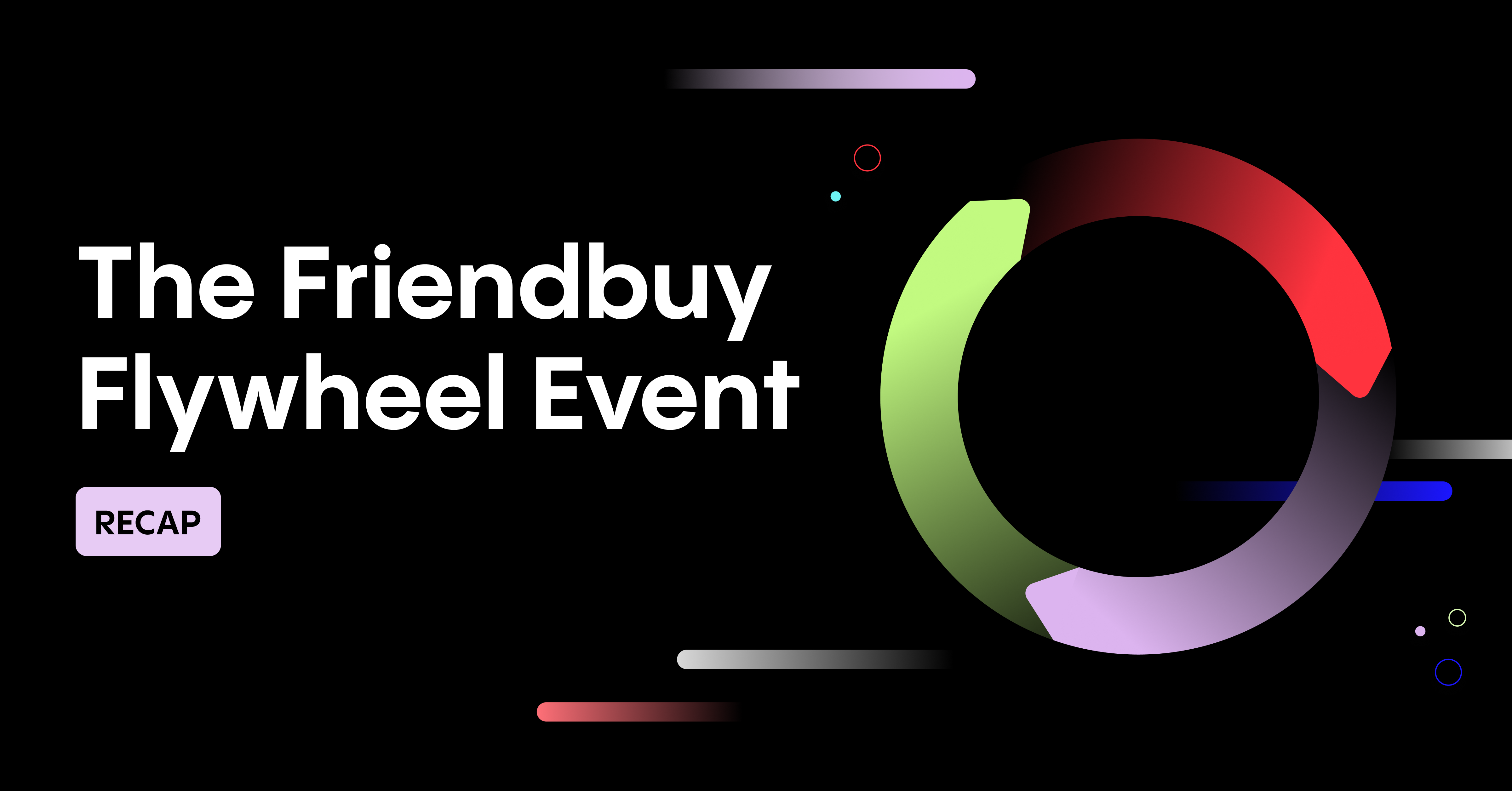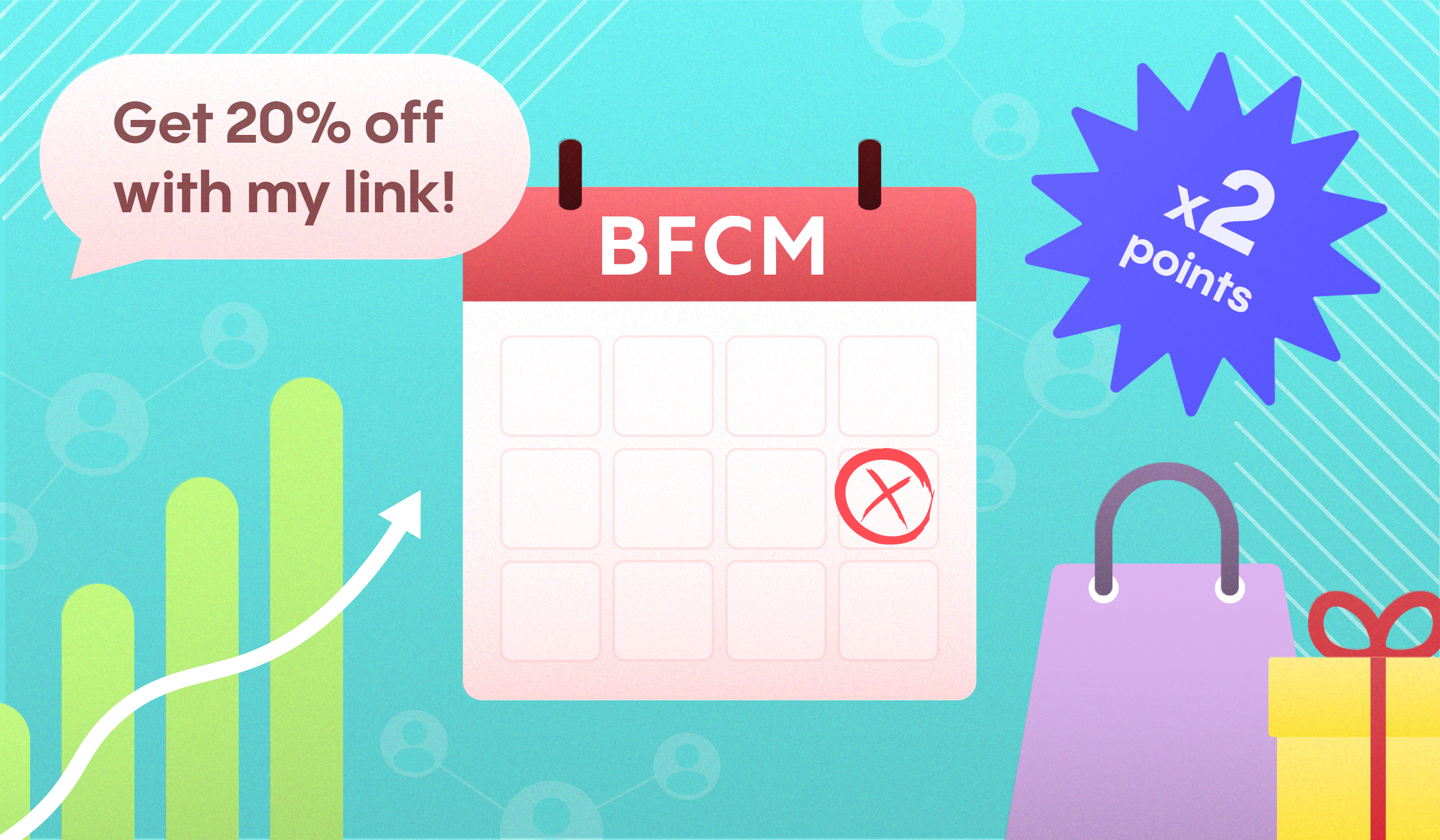Marketing to millennials is going to require a fresh perspective because traditional marketing tactics will fall flat. Don't go fooling yourself, wasting your money in the wrong places or on the wrong tactics.
Well... now that I've sufficiently sounded the alarm... how do you gain the trust of millennials and bring them to your virtual door? This post will help you focus your marketing strategy on this customer segment.
In my earlier post, I mentioned that millennials will control about $7 trillion in liquid assets by the end of this decade. Millennials represent the future of ecommerce and if you want your brand to stay relevant into that future, you need to heed this powerful group of consumers.
User Generated Content Activates the Reciprocity Principle
Millennials believe that relationships with brands should be a two-way street - a perfect expression of the reciprocity principle. They expect their opinions and feedback will be heard and used to help define a brand's direction. And positive brand experience will prompt millennials to spread their favorable opinion via social media and mobile devices, which in turn influences the purchases of other customers and potential customers.
This sharing instinct has led to a new kind of trust symbol among millennials. Research done in 2014 by global research company Ipsos found that millennials now trust user generated content (UGC) just as much as reviews. They also found that user generated content is 20% more influential and 35% more memorable than other types of media when millennials are considering a purchase.
See how Nuuly used Friendbuy to drive thousands of new subscriptions within weeks of launch. >>
For those marketers experimenting with video, user generated video content has been shown to get 10x more views than branded content.
This shouldn't be too surprising given the fact that millennials spend five hours per day with UGC these days. In response, many sharp marketers have jumped on the UGC bandwagon to avoid becoming the next Woolworth's. In fact, ecommerce stores like Threadless have made UGC their business model, having shelled out over $7 million for their user submitted t-shirt designs.
Of course, we're not saying you should blow up your business model. But there are some fun ways you can engage millennials and invite them to share your brand on the web.
UGC: Soliciting Feedback and Suggestions from Customers
For example, Aeropostale created a user generated campaign called AERO NOW, with the tag line "You've changed, so have we." The campaign called for UGC and suggestions from their customers in an effort to stay fresh and relevant.

UGC: Product and Customers in Action
Benefit Cosmetics has also used UGC content with great success, creating waves with their #realsies campaign and bringing in thousands of potential customers via social media. Check it out:

The campaign was centered around girls posting pictures on social media using mascara on their real eyelashes. For their efforts, the girls would be entered in a contest to win a year's supply of mascara. Benefit was able to drive a ton of attention to their brand and add followers to their social media accounts - all via credible content from their own fans.
But before you attempt to create a similarly dramatic call to action, there might already be content out there for you to use.
UGC: Customer Photos as Actual Product Photos
That's what Free People discovered when they found women were sharing their jeans on Instagram.

Free People had the bright idea of integrating these photos into their product pages for their jeans, which probably saved them some nice dough on photo shoots and definitely boosted their conversion rates. This is because product pages that include user generated photos can increase conversion rates by up to 30 percent.
UGC: Customers as Models
Remember when, in our buyer psychology post, we told you how savvy Rent the Runway was? Well, they're at it again with their Our Runway campaign.
The designer dress rental space discovered, just like Free People did, that their customers were uploading pictures of themselves in Rent the Runway dresses all over social media. After finding over 12,000 of these photos on social media sites like Facebook and Instagram, they came up with Our Runway, which pretty much guarantees their customers will find a beautiful dress that fits for their big event.
To do this, they ingeniously asked their customers to upload an image of themselves in their rented dress, as well as indicate their measurements, what dress size they wore, and comments about their experience with the dress
Then, they created a "Find Women Like Me" tool to match prospective renters with photos of women with their own measurements so they can see exactly how dresses will look on their body type.
This tool dramatically lowers the risk of renting a dress that simply doesn't fit right for a memorable event and engages the Rent the Runway community by showcasing their customers. And it has increased sales. Women who have viewed Our Runway UGC are 200% more likely to rent than those who only see Rent the Runway dresses with models in them.
Wanna make use of UGC with your brand when marketing to millennials? Search social media platforms like Facebook, Twitter and Instagram for pictures of your product and see if you find any patterns in what your customers are sharing. Use that as inspiration for your next UGC-based marketing campaign. And then, use our next strategy to make your products go viral...
Referrals: Fuel for the Fire
To turn up the heat on millennials' proclivity for social sharing, the most effective thing you can do is incentivize it with referral marketing because, well... millennials love referrals.
- Millennial females share an average of 1.17 purchases and get 3.77 referrals per social share.
- Millennial males share 1.5 of their purchases and lead to 2.47 referrals per social share.
Referrals help bake virality into your marketing efforts, creating a viral loop that turns 1 share into 2 and 2 into 4.
As Silicon Valley investor and entrepreneur Andrew Chen says, viral loops are,
"The steps a user goes through between entering the site to inviting the next set of new users."
Think of referral programs as the fuel for your viral loop. Friendbuy customers like Prize Candle, Daily Look, and SmartThings -- who make their referral programs very easy to find right on their homepages -- have seen impressive sharing rates from customers and even visitors who haven't even converted yet. Because as we always say, if you confine your referral program just to existing customers or only on your purchase confirmation page, you're really hampering your ability to stoke the fires of your viral loop. Millennials love to share, so make it easy for them to do so.
The big key to keep in mind with your referrals? Your incentives. Incentives give your referrals the social currency that will make millennials want to share your products. Social currency makes people want to share because it makes them look good and "in the know." It's also one of the six principles that make things go viral, according to virality expert Jonah Berger.
Flex Watches' referral program does well in the incentive category, crediting their customer's account with $10 and giving whoever they refer a $10 discount for purchasing.

This simple, straightforward referral incentive is a win-win-win situation. The customer gets $10, the referral does as well, and they both shared the Flex Watches brand with all their friends on social media.
That's a true viral loop in action.
Flex Watches doubles down by sharing their referral program over social media, where the link to their standalone referral page can be easily shared.

Another way to increase sharing triggers is with referral banners in email blasts.
SmartThings, an ecommerce retailer than sells devices and kits for setting up an entirely personalized smart home, includes a refer-a-friend banner at the bottom of their email newsletters.

For even more conversion potential, include a referral banner at the bottom of transactional emails, including post-purchase receipts, shipping confirmations, etc. They capitalize on the excitement you feel after you've just bought something and what to share that excitement with your friends. It's called a seducible moment. And it's a total no-brainer.
Sometimes, product has more social currency than cash.
Vinyl Me Please is a record club that offers limited edition LPs, but their referral incentive isn't cash... it's vinyl records.

Yep, for every friend someone refers to Vinyl Me Please, they get a free record, as well as the referred friend. I can already hear the hipsters whipping out their credit cards.
And of course their referral program is also optimized for mobile devices. Remember, 67 percent of Millennials use smartphones to access the Internet.

Marketing to millennials is all about meeting your people where they are and now you know exactly where millennials shop (mobile, duh!) and how they do it. Now use these new insights to steer clear of the fate of stores like Woolworth's, stores that lost sight of the future and became irrelevant.










.avif)

